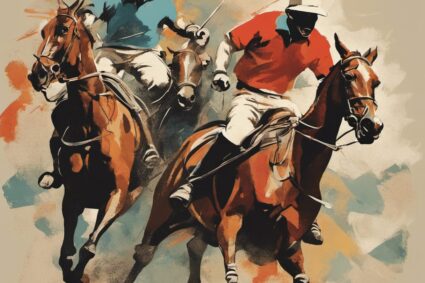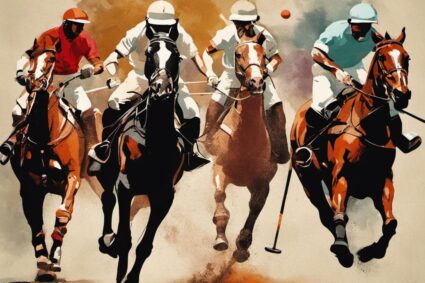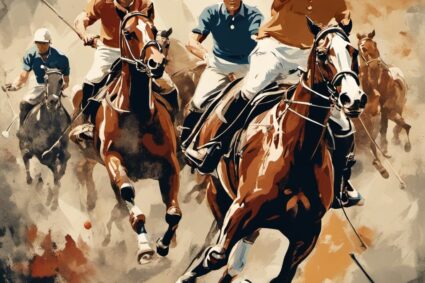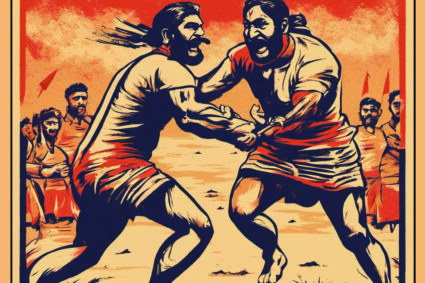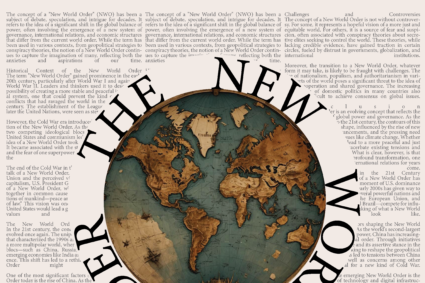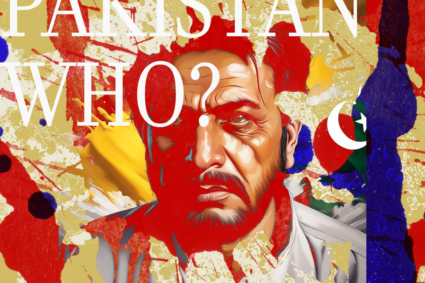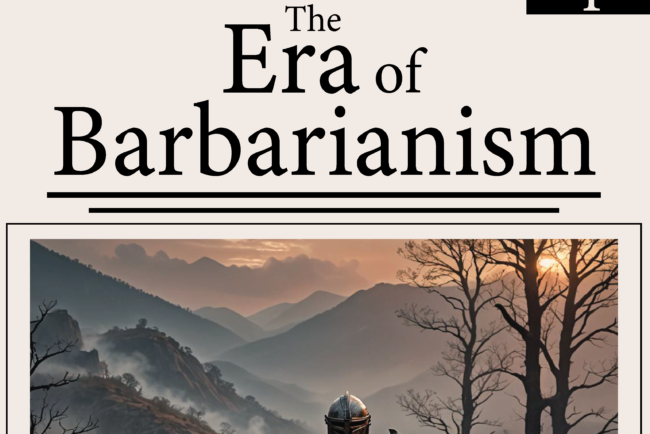
The sun-scorched maidans of Mumbai reverberate with the crack of willow on leather. Local lads wield improvised bats of discarded wood, striking bundled rags across dusty gravel. It is gilli-danda, a game as old as the land itself. The origins are uncertain, but the joy is visceral.
Centuries later, English ships arrive on Indian shores. Strange equipment in hand, pale foreigners play games of stick and ball on manicured greens. Intrigued locals peek through fences – stoolball, rounders, cricket. The rulebooks remain in London, but Indians take to the games with zeal.
By the 1800s, the British have colonized the subcontinent. But their beloved cricket becomes a new weapon for Indians. Clubs emerge in cities and villages to take on the Raj. Parsis, Hindus, Muslims together honing skills, forging bonds. Each run scored chips away imperial pride, each wicket a strike against hegemony.
When India gains independence in 1947, so too is cricket finally freed. Partition divides the land, but Pakistanis, Bangladeshis and Indians still cherish the sport. Star players like Imran, Sunil, and Kapil kindle hope in troubled times. Their daring exploits on the pitch inspire liberation struggles off it.
Cricket grounds become cauldrons of nationalism. Calcutta, Lahore, Dhaka overflow with passions. Fans wave flags, chant anthems, rally around their heroes. Cricket is not just a relic of colonialism, but a celebration of identity. A way to thumb noses at former rulers.
Today cricket mania engulfs the subcontinent – the IPL, T20 World Cups, India-Pakistan matches. Gilli-danda is long forgotten, but its spirit perseveres. With bat in hand, leather ball arcing through azure skies, cricketers play for more than runs and wickets. They play for history, for redemption, for their peoples. Cricket is the vehicle, patriotism is the fuel. The drive for excellence recalls struggles for independence. Cricket is, and always will be, our beautiful game.

